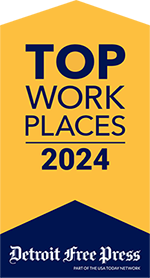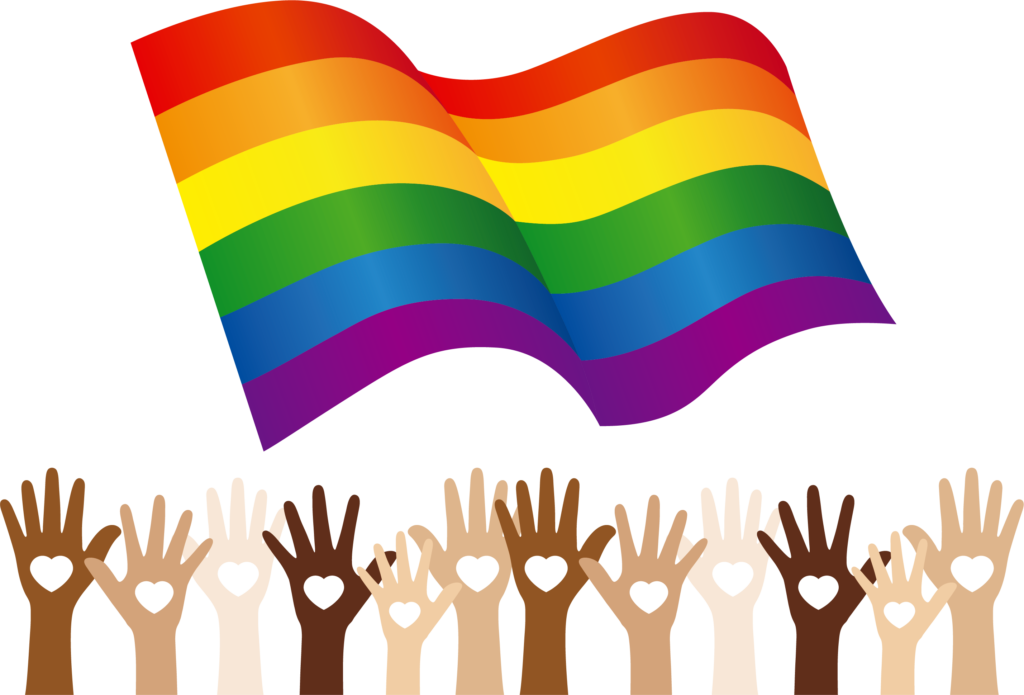This month the American Psychological Association (APA) published it’s 13th annual Stress in America Study (www.apa.org/news/press/releases/stress/2019/stress-america-2019.pdf)
This study surveyed a broad snapshot of the issues that Americans are most stressed about, and to some extent how people are coping with such.
Somewhat unsurprisingly, politics and healthcare were among the most stressful issues, and for the first time worry over mass shootings was very high on the list and equal to woes about healthcare as a cause of stress. Relative to American’s stress about mass shootings, one key finding is that on average stress levels about mass shooting is up 8-15% across various groups. A core take-away from the study is that stress reactions are based as much on perception as on actual risk of an event occurring, and managing those stress reactions has a time-sensitive component. Early intervention is important.
The study was well done overall, but it did have some methodological flaws that limit the generalizability of the findings. The study was as on online Harris poll conducted in the month of August (from August 1st to September 3rd), based on self-report of stress ratings to various social issues. General methodology across demographic weighting appears appropriate. The sample was comprised of people who were directly invited, and who agreed to, participate in online research panels in general. In other words, these were groups who were pre-screened to be open to such surveys and were more likely to be active online. This is significant as proliferation of these events occurs more intensely and longer on online forums, and we know that continued exposure to such coverage can elevate stress levels.
Perhaps most impactful on the outcome is that the survey time frame was in August 2019, when 4 of the 8 deadliest shootings occurred this year. At the beginning of that month, America experienced three mass shooting events within a one-week time frame: shooting at the Gilroy Garlic Festival on July 28th, followed one week later by two back-to-back major shooting events within 24 hours – El Paso, Texas on August 3rd and Dayton, Ohio on August 4th. All of these events occurred either just before or right at the outset of this study. This was a historical first and unchartered territory for America. Both the El Paso and Dayton events were very deadly, and the rapid succession of events spiked news coverage all throughout the month. Then at the end of the month (and end of the study time frame), on August 31st the Odessa, Texas shooting occurred. Not as deadly, but in some ways even more frightening due to the apparent randomness of the attack and attack from a moving vehicle.
So while the findings are concerning, it is important to place in context that the study was a self-selective participation, online study of self-reported stress levels, and which occurred directly over the timeframe of the deadliest month of mass shootings in 2019 (to date), and with unprecedented multiple shootings occurring at the beginning of the study.
So what are some key take-aways, and what have we learned:
- Overall stress levels remain mostly unchanged year over year across several issues studied.
- Our emotional reactions to/about mass shootings are more about perception than actual risk or actual events. This does not negate their reality or their negative impact. Mass shootings are low-probability yet high-impact events, and our collective worry (high) about such events exceeds actual risk (low).
- Stress about mass shootings impacts the general public, not only those directly involved.
- Stress about mass shootings remains forefront in our collective consciousness, with exacerbation soon after such events occur.
- Stress reactions to such events is time-anchored, with the most acute reactions soon after the event.
This last bullet point highlights the most important take-away – namely that stress in response to mass shootings appears to have a time-sensitive dimension. Elevated stress reactions to mass shootings can occur whether the event was directly experienced or vicariously experienced through widespread media coverage. I am not equating direct versus indirect experience, but only highlighting that one does not have to experience a mass shooting event directly to be stressed about such events.
Most importantly stress reactions to these events have a time dimension, with more acute reactions and impact in the days and weeks after the event. This highlights the critical importance of timely and effective behavioral support and response soon after a disruptive event occurs such as a mass showing. Responding as soon as possible after such events helps individuals tap into and/or develop internal coping that bolsters their resilience and can have long-lasting benefit for positive functional response.







